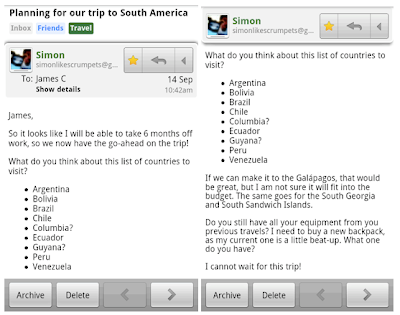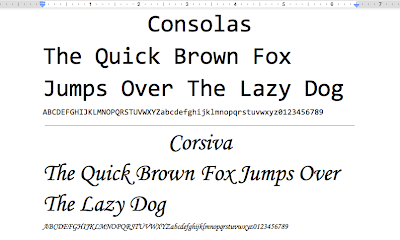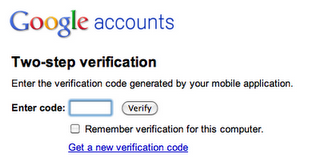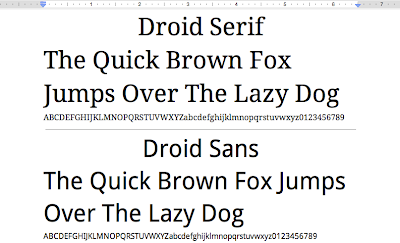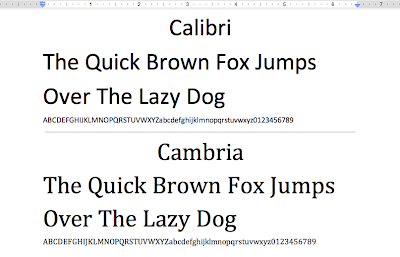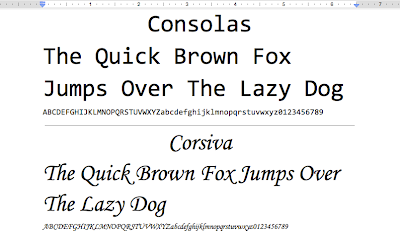
Liquid Galaxy at TED 2010
Since then, we’ve taken it to a lot of conferences, built Liquid Galaxies in Google offices all over the world and even put one in the Tech Museum in San Jose, Calif. We love watching people try it for the first time. Almost everybody wants to see their own house first; but then they start to explore, and we can never guess where they’ll choose to go next.
But we just couldn’t bring it to enough people—we could only go to so many conferences, and only friends and family of Googlers could try out the Liquid Galaxies in our offices.
So we decided to put the features that make Liquid Galaxy possible into the latest release of Google Earth, and open-source all the supporting work, from our Ubuntu sysadmin scripts to the mechanical design of our custom frames.

Not everyone will have the know-how to network computers together and get view synchronization working, but we tried to make it as easy as possible. If you think you’re up to the challenge, check out our Quick Start page. You can also contact our supplier End Point if you’d rather buy than build (or just need some professional assistance). Here’s a video they made that shows Liquid Galaxy in action:
Liquid Galaxies don’t have to be made from eight big LCD screens; the view sync features scale just fine from two to dozens of screens. And they can run more than just Google Earth; we’ve had success playing video in sync in our Liquid Galaxies, and even modified a Free Software video game for after-hours fun. We’ve daydreamed about making panoramic movies, head tracking or even real-time video from distant panoramic cameras. Read more on the Liquid Galaxy page at earth.google.com, and show off your creations in the liquid-galaxy discussion group. We’re excited to see what you come up with!








